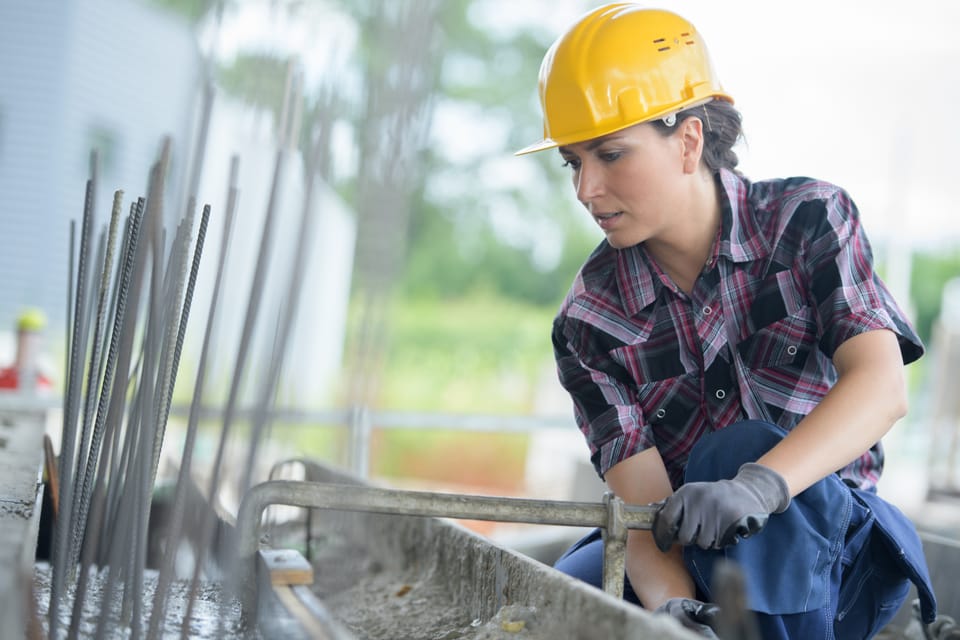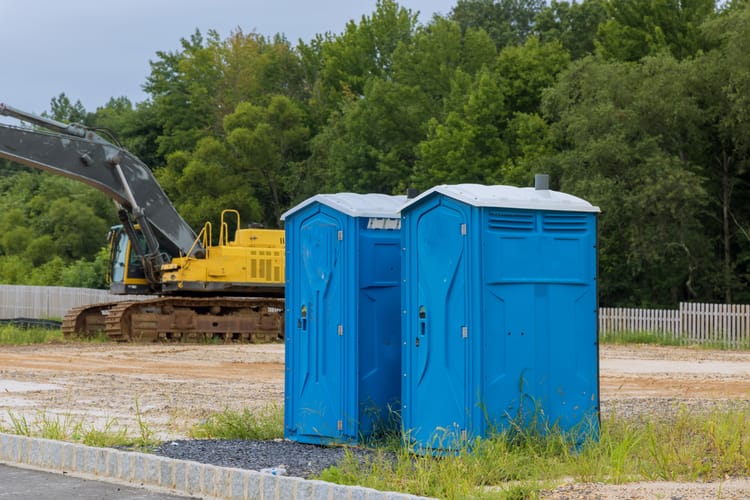Women in construction hit 20-year high

More women are choosing careers in construction, but few are working on crews. This week, we take a look at new survey data showing where representation is on the rise—and where it's lagging. We also explore pathways to growth, including hot sectors and hiring your kids, and expert insights on instilling a safety mentality across your company.
But first, Travis Wade (@AtlasCabinetShop) says it’s more about the quality of your work than the rig you drive or the clothes you wear.

>> Little free icon. Why build a traditional Little Free Library when you can miniaturize an iconic structure instead?
>> Don’t watch if you’re afraid of heights. Check out this incredible high-stakes truss install.
>> Isn’t it ironic? The construction crew renovating the Smithsonian Castle unearthed its own historical artifact.
>> Old-time music. The engine in this century-old Caterpillar still sounds great.

Percentage of women in industry reaches high point
The construction industry has reached an important milestone: women now make up 11.2% of the workforce, the highest percentage in 20 years, according to NAHB data released last week.
Women are still most likely to work in office and sales positions, with almost two-thirds occupying these kinds of roles. Other leading functions include administrative, business and financial. Almost one-fifth of management jobs are held by women.
Despite efforts to improve representation on crews, women comprise only 4% of the construction and maintenance workforce. Because this is the largest segment of the industry, NAHB’s principal economist, Na Zhao, says, “additional steps should be taken to attract female workers into these high-demand occupations.”
Why it matters: As the labor shortage persists and unemployment stays low, expanding the workforce by increasing the number of women in it is one of the few ways to address the need and grow your business. (Hardware Retailing)
Analysts predict 2026 sector growth and pinpoint risks
A meta-analysis of multiple forecast reports shows a consensus that the infrastructure and nonresidential sectors will strengthen next year, but there are some headwinds. Analysts noted several factors for contractors to consider. The nonresidential approval process, including licensing and permitting, may create costly delays. Data centers and other mega builds will face greater challenges in the form of zoning requirements, environmental rules and grid constraints. Continued uncertainty around trade policy issues could impact manufacturing projects, and the ongoing labor crisis may slow modular construction.
Why it matters: Before you act on forecasts, investigate the risks and related issues so you can design a stronger strategic plan that positions you to win more bids and improve cash flow. (Engineering News-Record)
Hire your kids and grands
Construction has the second-highest number of family-owned enterprises, behind only the manufacturing/operations sector. It’s not uncommon for kids to grow up in the family business, “working” long before officially getting on the payroll. But business advisor Jill James suggests formalizing the arrangements even for little kids. “The IRS says you can benefit from hiring your kids up to age 21 as long as they can do meaningful work,” she explains. “Meaningful work is relative, but typically by age 6 when they can read, sort things and lift stuff. You can also hire your grandkids!”
Why it matters: Getting the youngest family members on the employee roll can deepen their commitment to the business and improve the likelihood of their wanting to be the next-generation owner. And if one of your goals is creating intergenerational wealth for your progeny, you can invest their earnings in a Roth IRA right now, too. (The Jill James)
Ed note: Just make sure you’re playing by the child labor rules on hours, job types and anything hazardous.

>> Residential receding: Latest data show declining starts
>> Construction college: Federal grant funds training in building tech
>> Fed follow-up: Construction leaders react to rate cut
>> Hardie hurting: Siding maker’s profits & stock price tumble

Safety is a company-wide responsibility
"There has to be an enterprise-wide understanding that you can't delegate safety. It's not the responsibility of a safety department. What's the role of a safety professional? It's to teach, train, coach, mentor. But ultimately, who's responsible for the execution of safety? Operations, because your operations teams are the people with their hands on the levers, the people responsible for executing on your process." —Brian Fielkow, Acrisure
Construction safety is on the agenda for the latest “On the Safe Side” podcast, hosted by Safety+Health Associate Editors Barry Bottino, Kevin Druley and Alan Ferguson. The trio sat down with Brian Fielkow, executive vice president of risk resources at Acrisure, for a broad discussion on how to establish a culture of safety at your firm.
Thanks for reading today's edition! You can reach the newsletter team at thelevel@mynewsletter.co. We enjoy hearing from you.
Interested in advertising? Email us at newslettersales@mvfglobal.com
Was this email forwarded to you? Sign up here to get this newsletter once a week.
The Level is curated and written by Margot Lester and edited by Bianca Prieto.





